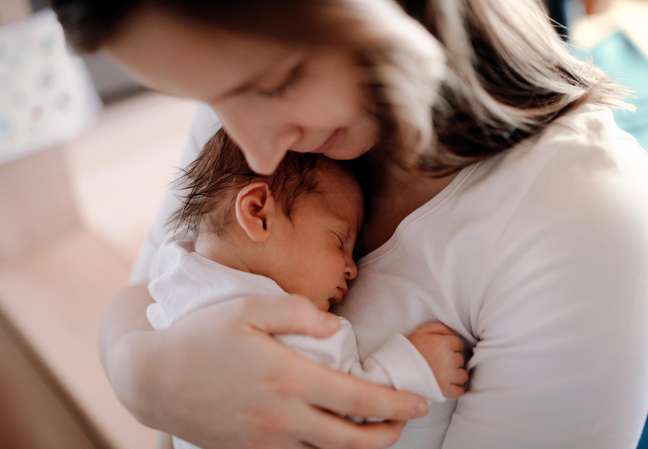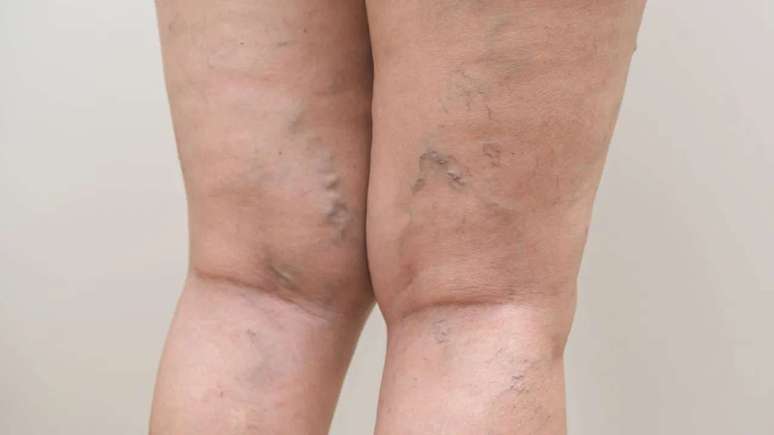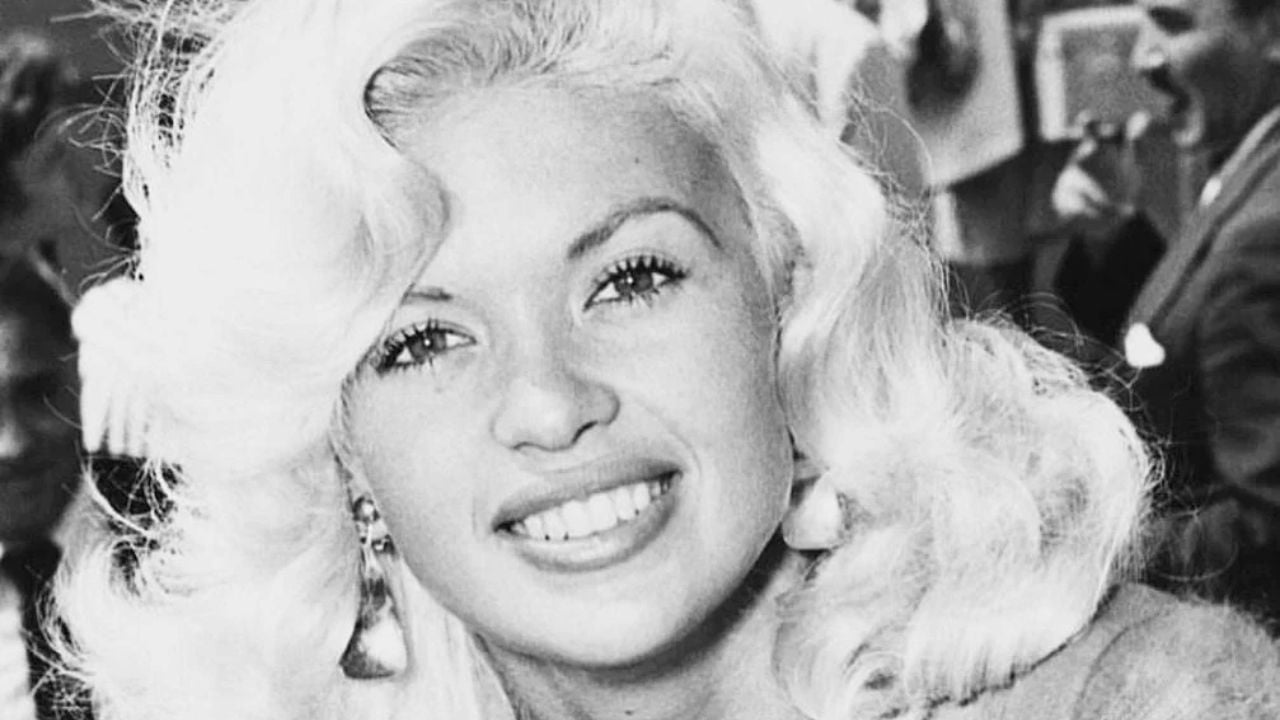A study demonstrates how maternal vital signs affect the baby and points out how postpartum depression needs to be treated to ensure this relationship.
Do you ever get the impression that sometimes Is the mother’s womb the only effective way to make the baby stop crying? Know that this may be more than a coincidence or the “way” in which the little one is carried. A study developed at York University, Canada, and published in Journal of Psychopathology and Clinical Scienceshas scientifically demonstrated how the synchronized physiology between mother and baby plays a vital role in calming the baby. Furthermore, the analysis concluded that postpartum depression has a direct – and negative – influence on this process.

This was the first time that this “power” has been demonstrated by empirical data. To this end, the team led by John Krzeczkowski brought together two groups of mothers and children. In the first, both mothers and babies were healthy; in the second, the mothers were diagnosed with depression within one year of giving birth.
Methodology put into practice
The experiment was then divided into three stages of interaction. In the first, mothers were instructed to play with their babies as they normally would, singing, talking, touching them … In the second, the “still face” phase, they should remain neutral, not touch or talk to them. the child, but keep eye contact, which would make the children agitated and stressed. The final part, called “the meeting”, was the focus of the study: the mothers could return to interact normally with the little ones.
During all stages, both children and adults monitored their vital signs, especially those that might reflect a person’s emotional state. In the last step, when contact was resumed, the researchers noted that the women’s calm had a full influence on their children’s reassurance process – it was as if the baby’s signals were reciprocal to the maternal ones, as if they passed from one to the other, in a system of feedback.
The research result attracts even more attention when it comes to difference between the two groups observed. While in the group of healthy mothers they were the “leaders” in changes in vital signs, in the group of depressed women this leadership was the children.

Cognitive behavioral therapy for postpartum depression
The classes have been tested twice. The first to establish a basis for comparison and the second, weeks after mothers with depression crossed over to cognitive behavioral therapy process, aimed at improving one’s emotional state. In the second experiment, the researchers observed that, after treatment, mothers played the same role as healthy women in the first studythat is, they took the initiative in modifying vital signs related to emotions, helping to calm the children.
For Krzeczkowski, this achievement is a major advance in an area that was still obscure in behavioral neuroscience. The study leader predicts a need for more research, but believes the findings already point to the benefits that cognitive behavioral therapy may be of extreme relevance to women with postpartum depression.
Source: Terra
Benjamin Smith is a fashion journalist and author at Gossipify, known for his coverage of the latest fashion trends and industry insights. He writes about clothing, shoes, accessories, and runway shows, providing in-depth analysis and unique perspectives. He’s respected for his ability to spot emerging designers and trends, and for providing practical fashion advice to readers.








